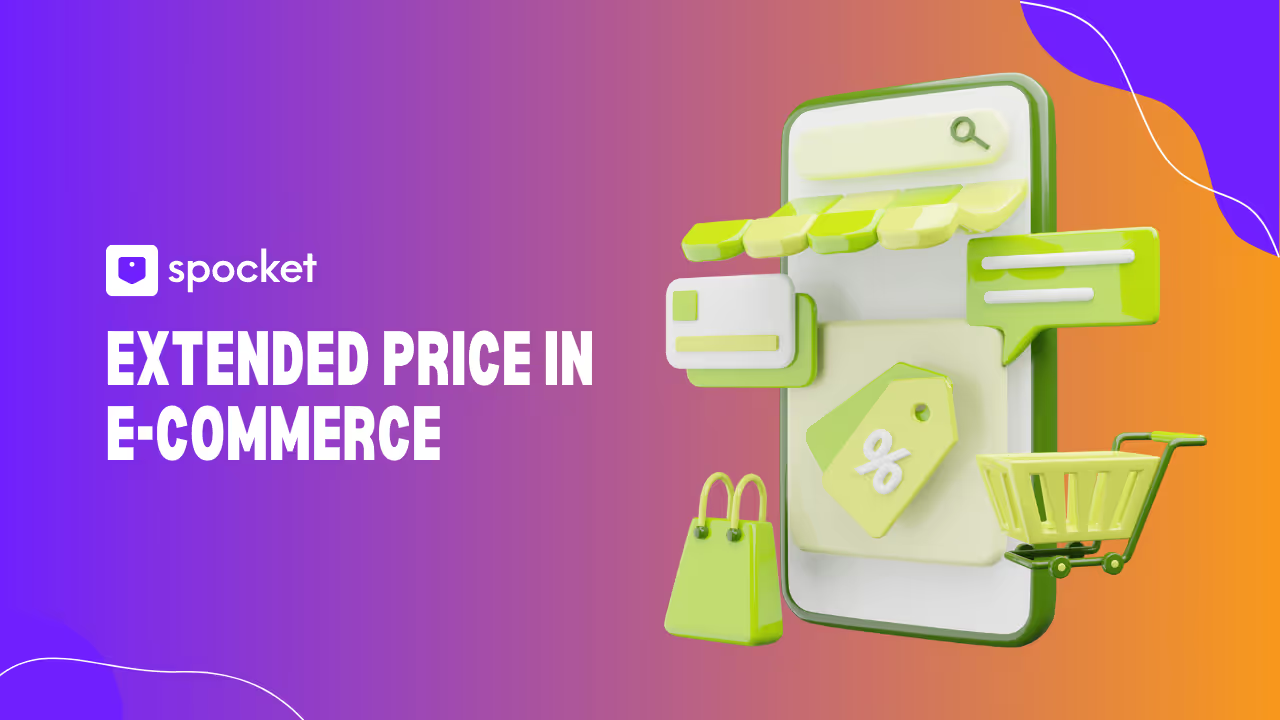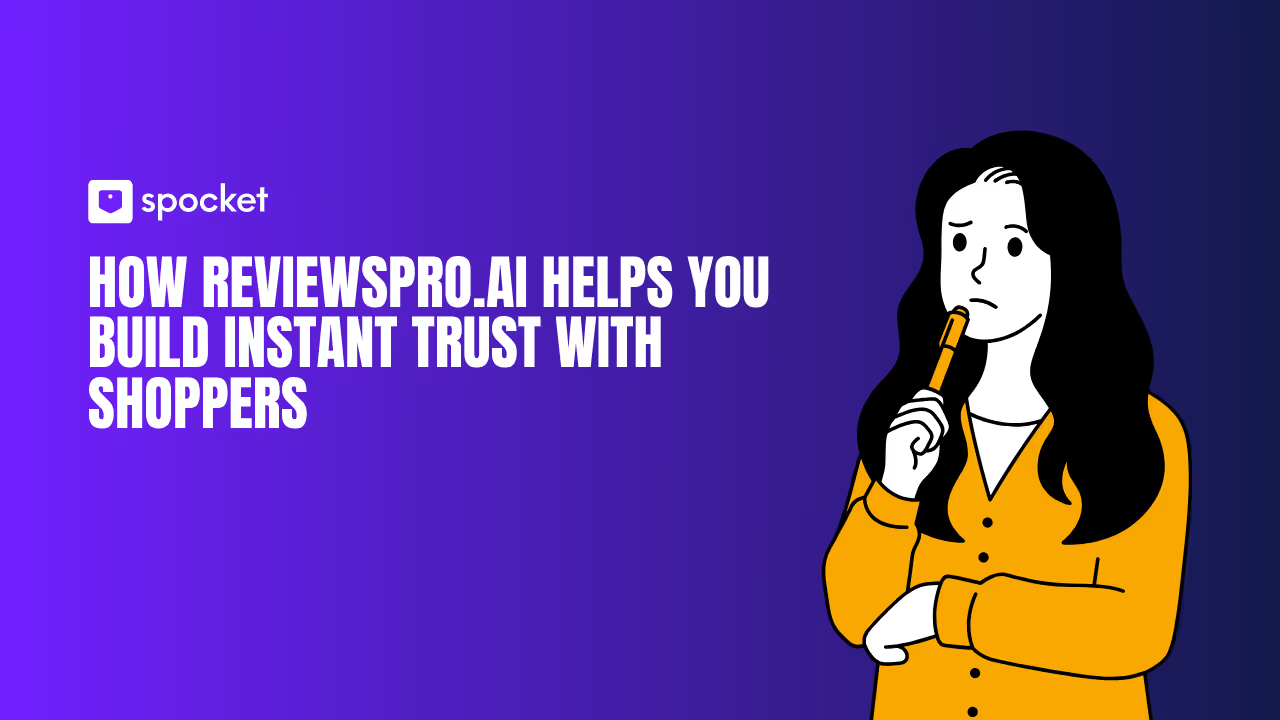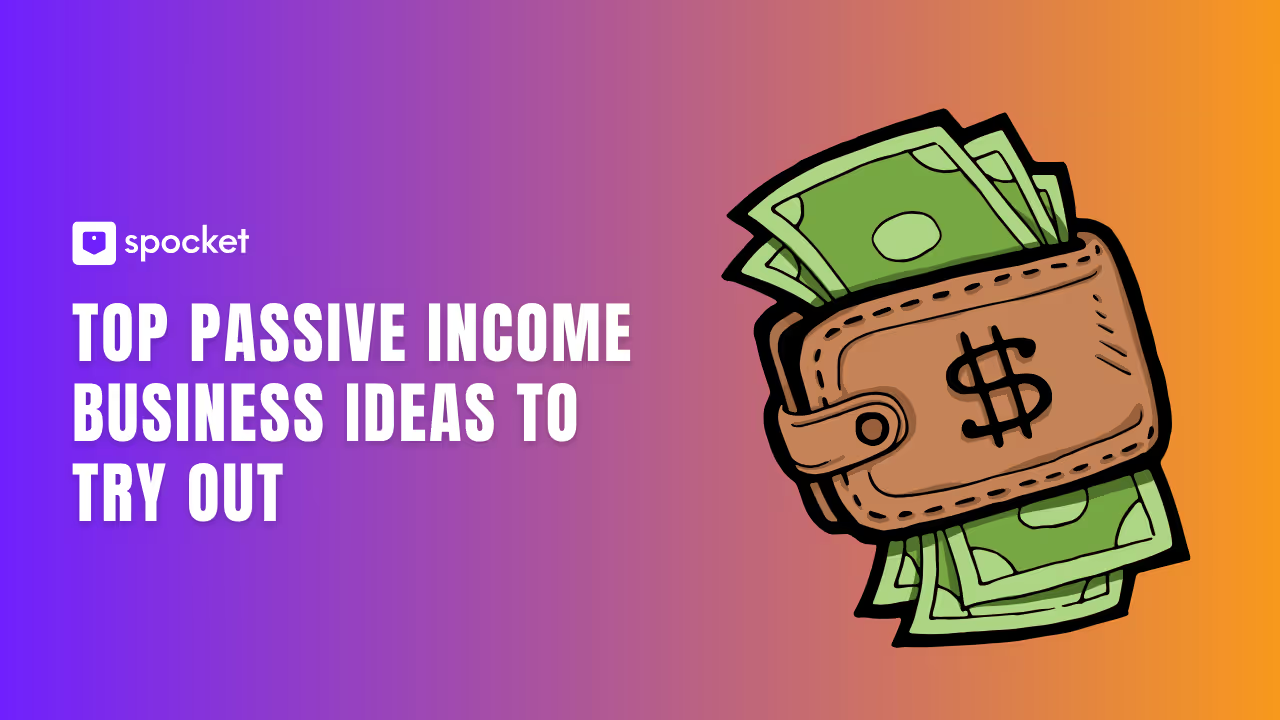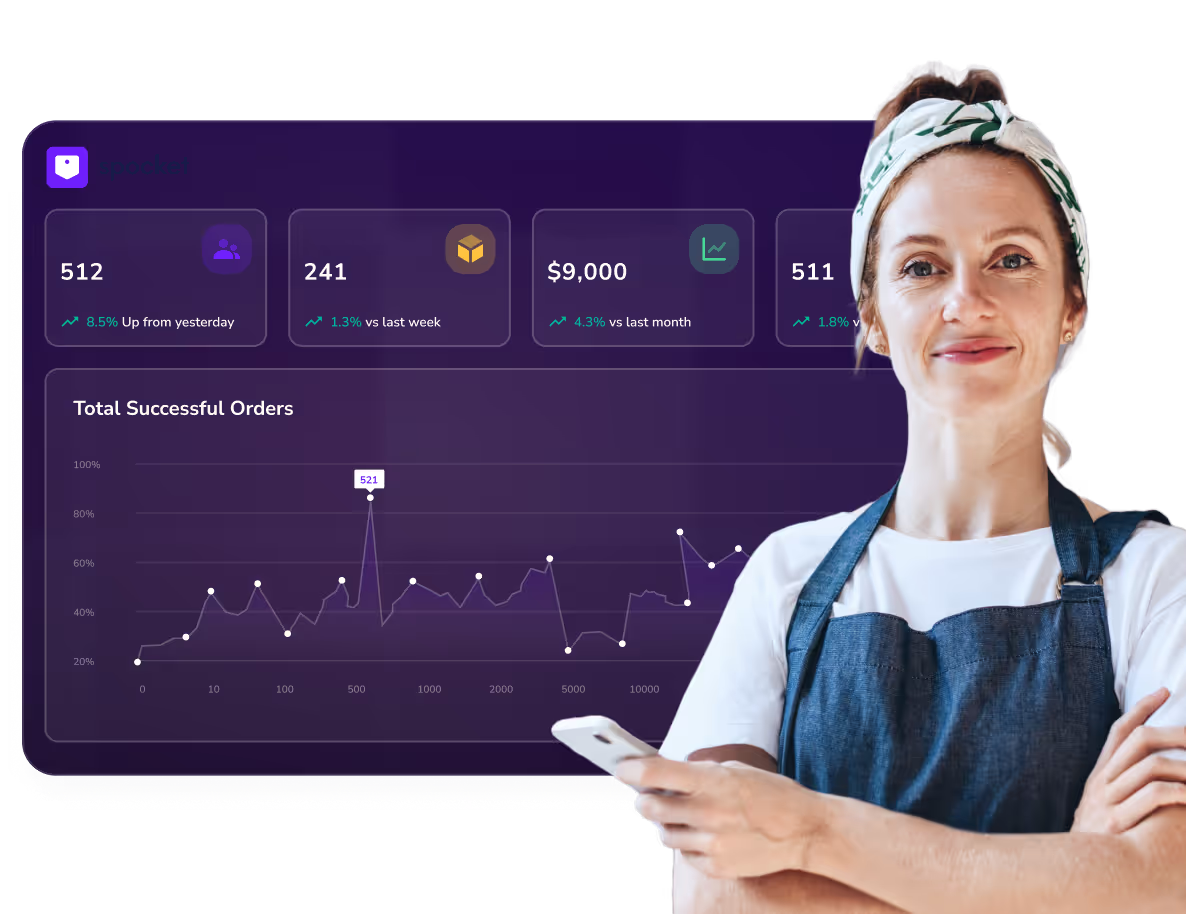In the world of e-commerce, pricing is one of the most critical aspects of a business’s strategy. A well-thought-out pricing structure can directly influence sales, customer perception, and profitability. But pricing in e-commerce isn’t always as simple as listing a product’s price on a webpage. Behind the scenes, multiple factors and pricing models come into play. One such concept is the extended price—a term that plays a pivotal role in e-commerce pricing strategies, especially when dealing with bulk orders, discounts, and promotions.
Extended price is a fundamental concept that helps businesses calculate the total price for multiple items in an order, including any adjustments like discounts, taxes, or shipping fees. In this comprehensive guide, we’ll dive deep into what extended price means in e-commerce, how it works, and how it impacts your pricing strategy. We’ll also explore how you can leverage extended price calculations to maximize profits, attract customers, and streamline your sales processes.
What is Extended Price in E-Commerce?
The extended price refers to the total cost of an item or a group of items in a purchase order after accounting for quantity, discounts, and any applicable taxes or additional charges. It is essentially the product of the unit price of an item multiplied by the quantity purchased. The extended price calculation gives both the seller and buyer a clearer understanding of the total cost before any final adjustments like shipping fees or promotions.
Formula for Extended Price
The formula for calculating the extended price is straightforward:
Extended Price = Unit Price x Quantity
For example, if a product costs $10 per unit and a customer orders 5 units, the extended price for that order would be:
$10 (unit price) x 5 (quantity) = $50 (extended price)
However, the extended price calculation doesn’t stop there. Businesses often factor in various adjustments to the base extended price, such as:
- Discounts: Many e-commerce platforms offer discounts based on bulk orders or special promotions. A discount may reduce the extended price of an item, providing the customer with a better deal.
- Shipping Fees: Shipping costs may be added to the extended price, increasing the total price the customer needs to pay.
- Taxes: In many regions, sales tax is added to the final extended price to comply with local tax regulations.
This comprehensive calculation ensures that the final cost of an order is clear and reflects all aspects of the purchase.
Why is Extended Price Important in E-Commerce?
Extended price calculations are crucial for e-commerce businesses because they help establish accurate pricing, manage profitability, and enhance customer experience. Let’s look at a few reasons why understanding extended price is vital for online retailers:
1. Accurate Pricing for Bulk Orders
Extended price calculations are especially valuable when dealing with bulk purchases. When a customer buys multiple units of the same product, the extended price helps ensure that the total cost reflects both the quantity and the unit price.
For example, if an e-commerce business offers a discount for bulk purchases, the extended price helps account for the adjusted price while still ensuring that the pricing remains competitive. In some cases, extended pricing allows customers to see immediate savings from buying in larger quantities, making them more likely to complete the purchase.
2. Managing Discounts and Offers
E-commerce businesses frequently offer discounts or promotions, such as “Buy 1, Get 1 Free” or volume-based price reductions. Extended price calculations help determine how these discounts impact the total price of an order, allowing businesses to adjust their pricing strategy accordingly.
For instance, if a customer buys three items at $10 each, and there’s a 10% discount on the entire purchase, the extended price before applying the discount is $30. With the discount applied, the new extended price becomes:
$30 - (10% of $30) = $27 (extended price)
Understanding extended price ensures that businesses apply promotions and discounts correctly, without jeopardizing their bottom line.
3. Improving Customer Transparency
For customers, understanding the extended price provides transparency. It helps them easily see how much they are paying for the product, including any quantity adjustments, discounts, or extra charges. A clear breakdown of the extended price creates trust between the customer and the business, leading to a better shopping experience and reducing cart abandonment rates.
4. Managing Profit Margins
For online businesses, understanding extended price is vital for ensuring that the pricing strategy is profitable. Businesses can analyze how different factors—such as quantity sold, discounts, and taxes—impact their profit margins. By regularly reviewing extended prices, e-commerce businesses can adjust their pricing model to optimize revenue and maintain healthy profit margins.
How Extended Price Impacts Pricing in E-Commerce
Extended price plays a central role in the overall pricing strategy of e-commerce businesses. The way it is calculated can directly affect how a business handles inventory, promotions, and customer acquisition. Let’s take a closer look at how extended price influences key aspects of e-commerce pricing:
1. Impact on Discount Strategies
Discounting is one of the most common tactics for driving sales in e-commerce. However, the type of discount applied to the extended price can have a profound effect on both the customer’s decision-making process and the retailer’s profits. Here are a few examples of how extended price affects discount strategies:
- Volume Discounts: Offering a discount for bulk purchases can increase the extended price for each item as customers are incentivized to buy more. This can be effective in clearing inventory while increasing average order value (AOV).
- Seasonal Promotions: During holidays or special events, offering discounts on the extended price of products can attract more customers. For example, offering a 15% discount on the total extended price of an order during Black Friday can boost sales while maintaining profit margins.
It’s important to calculate how the discount affects the extended price to ensure that the discount doesn’t eat into the company’s profit margins excessively.
2. Integration with Taxes and Shipping Costs
E-commerce businesses must also account for taxes and shipping when calculating extended prices. While the unit price and quantity are straightforward, taxes and shipping costs often vary depending on the region or the specific item. Therefore, businesses need to calculate the extended price with all these factors in mind.

For instance, a customer in one state might have to pay a sales tax of 8%, while a customer in another state might not pay sales tax at all. Many e-commerce businesses need to navigate these complex tax requirements across jurisdictions, often referring to resources such as Numeral, end-to-end platform for sales tax, as part of their research on compliance requirements. Additionally, shipping costs may vary based on the customer’s location and the shipping method they choose. All these factors affect the final price the customer pays.
By factoring in taxes and shipping when calculating extended price, businesses can present an accurate total price that includes all costs, helping customers make informed purchasing decisions.
3. Price Adjustments for Competitiveness
In the highly competitive world of e-commerce, pricing is everything. Extended price allows businesses to adjust their pricing based on competitor behavior. For example, if a competitor offers a lower price for a similar product, a business can adjust its extended price to maintain its competitiveness.
This can be done by offering a discount on the extended price or reducing the base price of the product while still factoring in all other adjustments (taxes, shipping, etc.). Regularly monitoring competitors’ pricing strategies helps businesses stay competitive and maintain market share.
4. Subscription-Based Pricing and Extended Price
Many e-commerce businesses operate under a subscription model (e.g., subscription boxes or membership services). The extended price plays a significant role in subscription-based pricing, as it reflects the total cost of multiple recurring payments.
For example, a monthly subscription box service that charges $20 per month for a set of products would calculate the extended price based on the total number of boxes the customer subscribes to. If a customer subscribes for 6 months, the extended price for the order would be:
$20 x 6 months = $120 (extended price)
Managing subscription-based extended pricing helps e-commerce businesses accurately track revenue and anticipate demand, especially in subscription models where customers may cancel or pause their orders.
How to Leverage Extended Price to Maximize Profits
Understanding extended price is not just about calculating total order costs—it’s also about using it strategically to drive revenue and profitability. Here are a few ways businesses can leverage extended price calculations to maximize profits:
1. Use Extended Price for Upselling and Cross-Selling
Extended price can help e-commerce businesses identify upselling and cross-selling opportunities. When a customer buys multiple items, the extended price calculation makes it easy to see how adding additional products can increase the total sale.
- Upselling: Offer a premium version of the product the customer is already purchasing. For example, if a customer is buying a basic phone case, offer an upgraded version with more features or higher quality for a slightly higher extended price.
- Cross-Selling: Suggest complementary products that the customer might need along with their original purchase. For example, offering a screen protector along with a phone case can increase the extended price of the order.
By strategically using extended price in combination with upselling and cross-selling tactics, businesses can increase the total sale while offering value to the customer.
2. Implement Dynamic Pricing Models
Dynamic pricing is a pricing strategy where businesses adjust the price of a product based on various factors such as demand, competition, and customer behavior. Extended price plays an important role in this model, as it helps businesses understand how changes in unit price, quantity, and discounts affect the final cost of an order.
For instance, if demand for a product is high, businesses can increase the price of individual items, thus increasing the extended price of the order. Conversely, businesses may reduce prices during low-demand periods to encourage sales and clear inventory.
By implementing dynamic pricing and utilizing extended price calculations, e-commerce businesses can maximize revenue based on real-time market conditions.
The Role of Extended Price in Inventory Management and Cost Control
Extended price plays a crucial role in inventory management and cost control for e-commerce businesses. By accurately calculating the extended price, businesses can gain insights into product demand, optimize stock levels, and ensure they maintain healthy profit margins.
1. Optimizing Inventory Levels
Extended price helps businesses assess the profitability of different products by factoring in costs such as unit price, quantity, and discounts. With this information, companies can forecast demand more effectively and make informed decisions about ordering and stocking inventory. For example, if a product’s extended price indicates that it’s a high-demand item with a healthy profit margin, businesses may choose to increase their stock levels to avoid stockouts and capitalize on the sales opportunity.
Conversely, if extended price calculations show that a product is not yielding strong profits, businesses can consider reducing stock levels or running promotions to clear inventory.
2. Effective Cost Control
By incorporating extended price into cost management strategies, e-commerce businesses can monitor the financial impact of each sale, including discounts and shipping charges. This level of detail helps identify areas where costs can be trimmed or where pricing adjustments are necessary to maintain profitability.
For example, if shipping costs or taxes significantly affect the extended price of an order, businesses may explore more cost-effective shipping options or adjust their pricing strategies to pass on some of these expenses to the customer. Extended price calculations allow businesses to balance competitiveness with profitability, ensuring they’re not losing money on sales.
Conclusion
In e-commerce, understanding extended price is essential for managing profitability, pricing strategies, and customer satisfaction. Whether you’re offering bulk discounts, seasonal promotions, or subscription-based products, extended price calculations help ensure that your business remains competitive while maintaining healthy margins.
By strategically managing extended price and factoring in elements like taxes, shipping, and discounts, e-commerce businesses can optimize their pricing strategies, increase sales, and provide transparent, value-driven pricing to customers. Moreover, tools like Spocket can help simplify supplier management and integrate seamlessly into your pricing model, making it easier to scale and succeed.







































